Mark D. Allen is the CEO of Allucinari, a Los Angeles based production and design company. Allucinari creates large screen production and motion graphics for concerts and television shows including the Academy Awards and the Emmys. Mark D. Allen is a director, producer, and visual effects supervisor for feature films, television, commercials and music videos. Visit www.allucinari.com for more information.
I began using Blender in 2004 while directing a very low budget but highly ambitious PSA for MTV. I needed a way to block out the location layouts I imagined for VFX. I had used Form-Z and Electric Image in the past, so I had some experience with 3D, but I didn’t have access to those programs any longer. Blender was the perfect solution because it was both free and fully functional.
After using it to design the layouts, I found myself returning to the application over time to create increasingly complex visualizations and doing tutorials to grow my skills.
In 2013 I was experimenting with glass and refraction when Raj Kapoor Productions (RKP) asked me for some concepts for house looks for the EMMYS. A “House Look” sets the tone for the look of the stage. Since I was playing with the glass, I had an idea: What if we only ever saw the iconic trophy refracted through the glass? The audience would see plenty of trophy in the broadcast graphics, so what if the way it was represented in the stage graphics was always abstract?
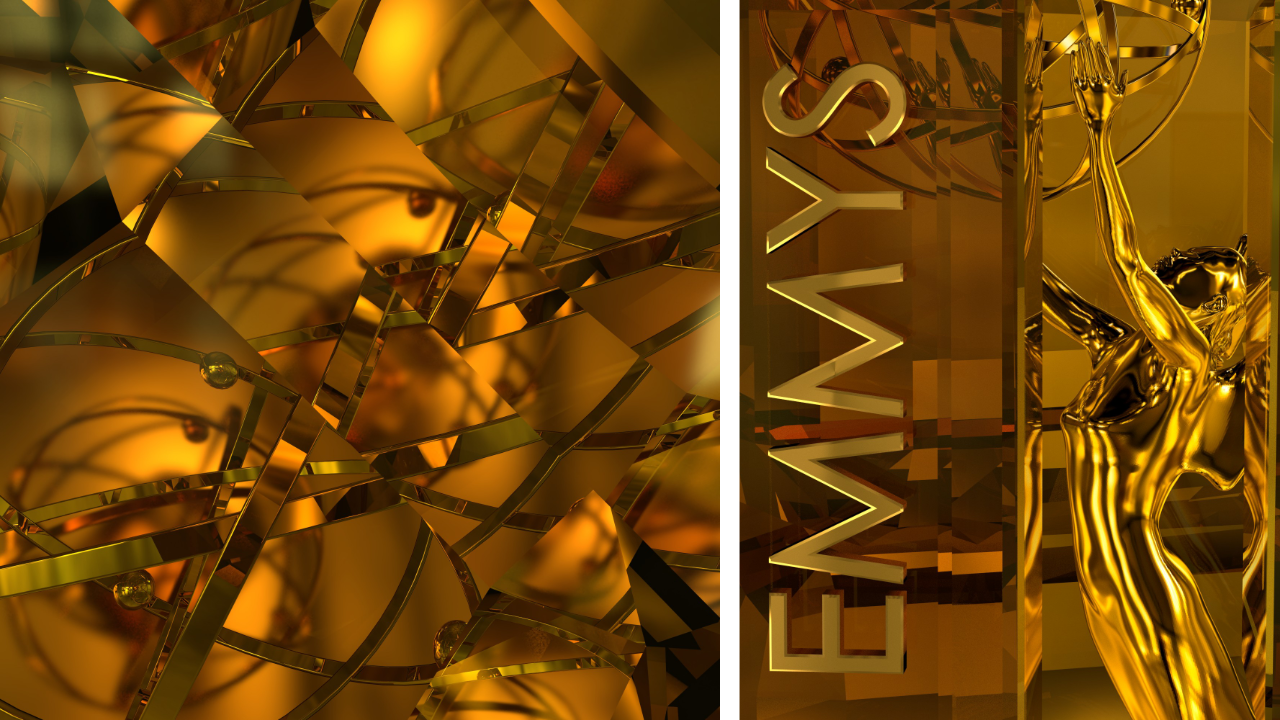
I shared a few concepts, they were all approved and I realized I had accidentally become a 3D Artist.
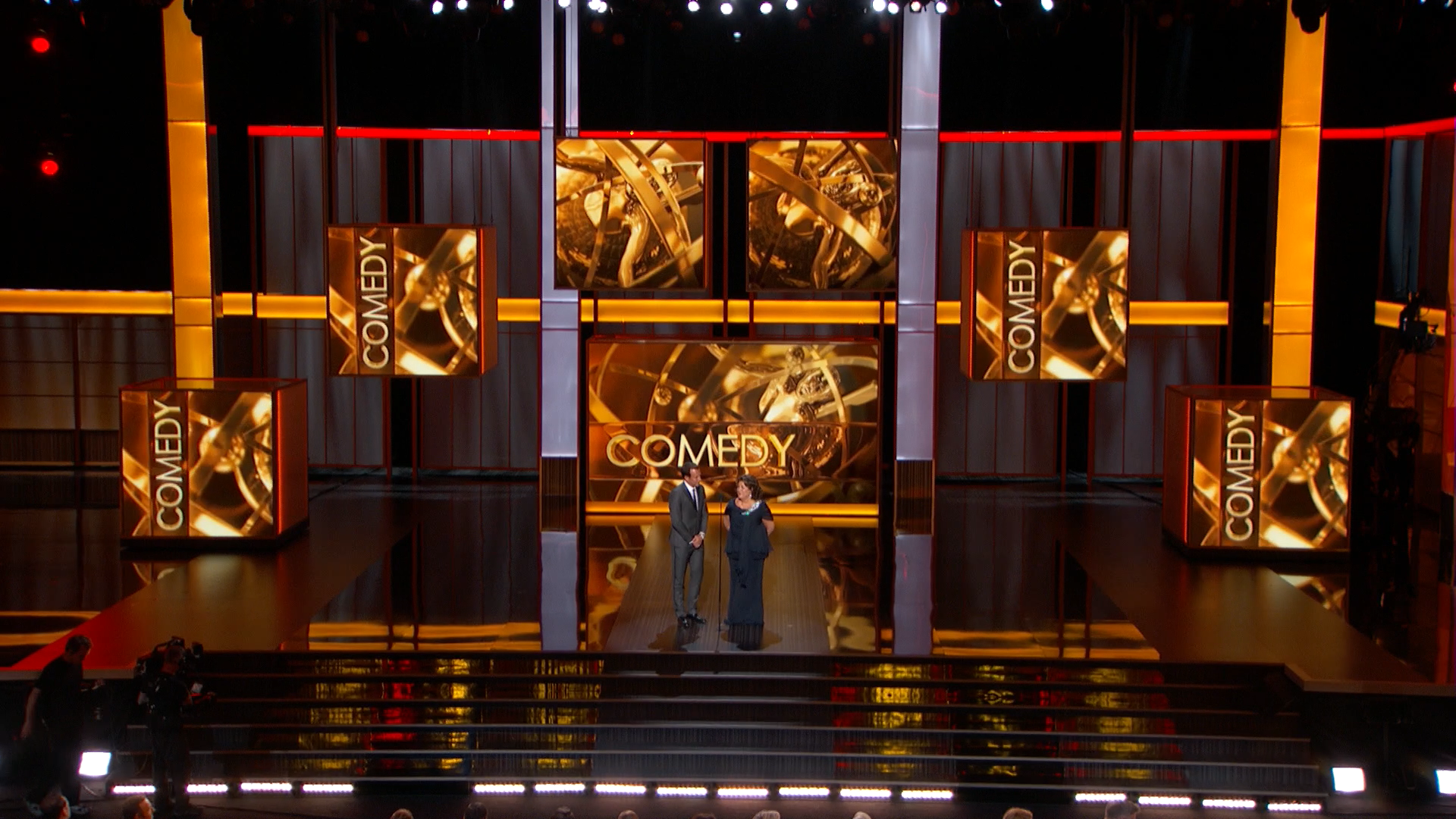
There were a lot of videos to be made for this show and I didn’t know too many artists in the Blender community at the time, so the show ended up using at least three different software packages for the rest of the looks, but I liked the Blender work the most.
So I began to search for artists in the Blender community and found Kjartan Tysdal and hired him to create some amazing Bobble Head representations of Rascal Flatts for their 2013 tour directed by Raj Kapoor.
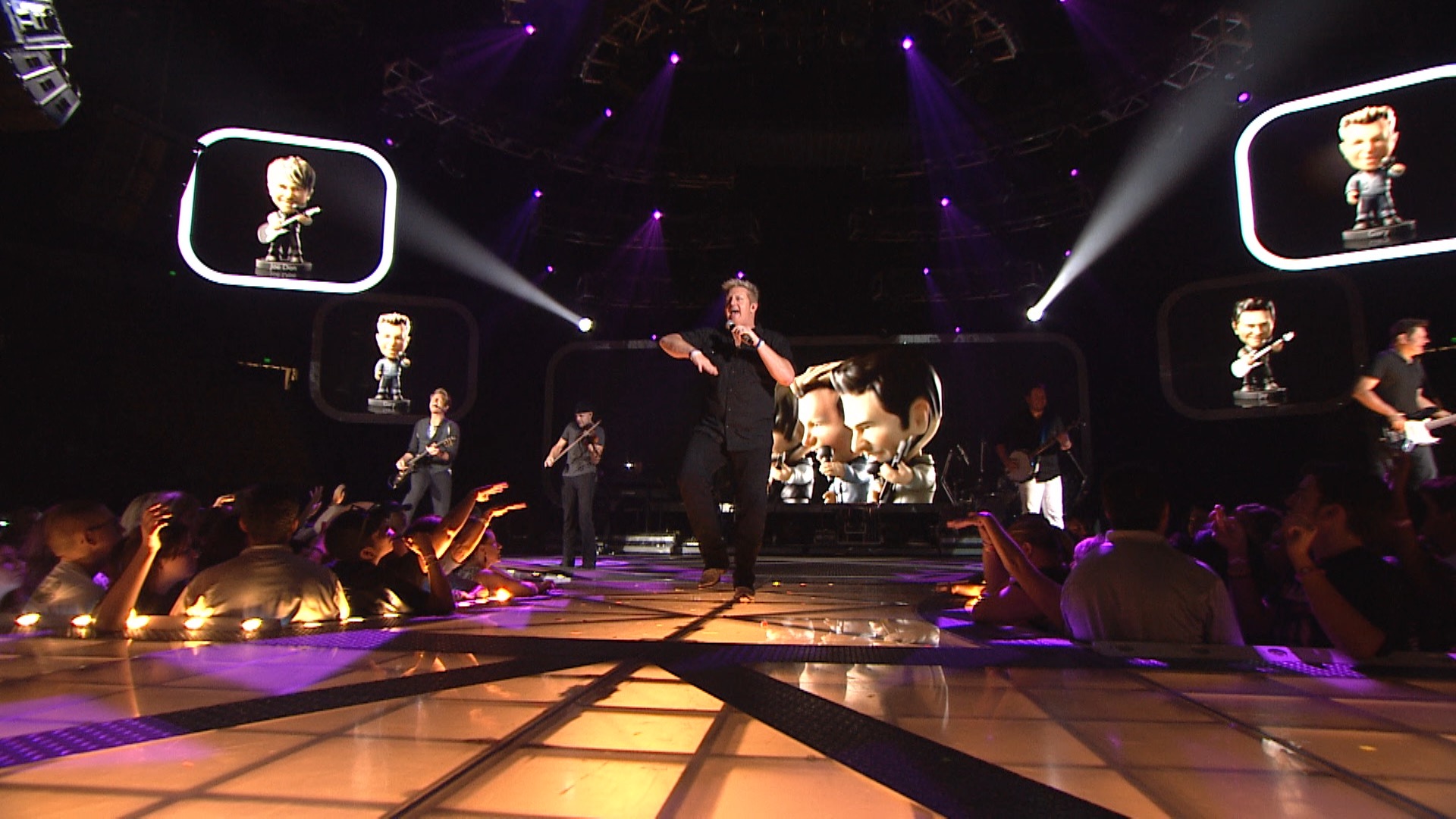
From that point on we continued to incorporate Blender whenever we could.
In 2018 we were doing the Emmys for RKP again. In the last five years, screen sizes and screen resolutions have more than quadrupled, leading to long render times with traditional renderers. EEVEE was barely in alpha at the time, but a real-time engine was very appealing. I did not want to force my client to use alpha software unless they made the decision, so we created various samples using both cycles and EEVEE and a lot of the chosen looks were EEVEE.
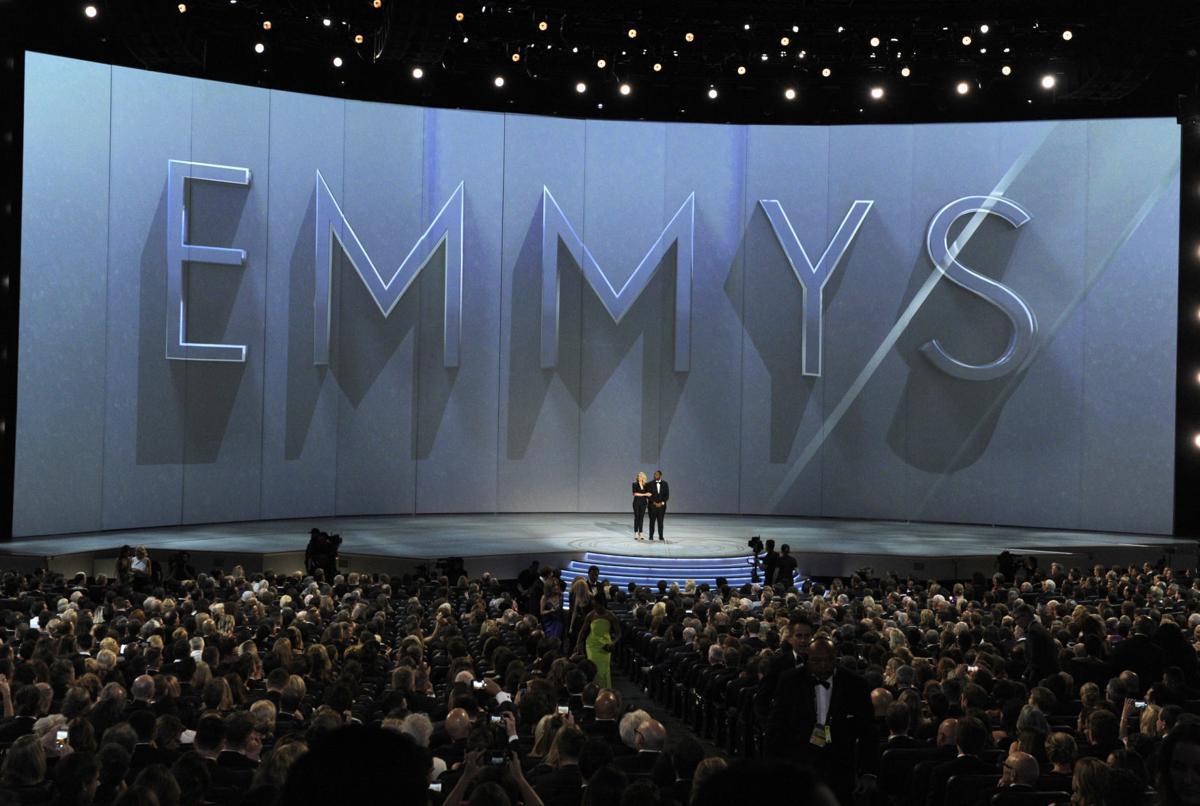
The opening house look, created with artist Nacho Cruje, combined both Cycles and EEVEE: The primary look of the text and its shading came from Cycles and the introduction shadow animation was rendered in EEVEE. Later, the gleams and moving slanted glass piece were added in After Effects.
Most of the trophy looks (many created with artist Alan Planes) were done in EEVEE. EEVEE has an undeniably attractive metal quality. I was never nervous about using the 2.80 alpha because I always knew if something went wrong we could recreate the look in Cycles in 2.7 and send it to a render farm.
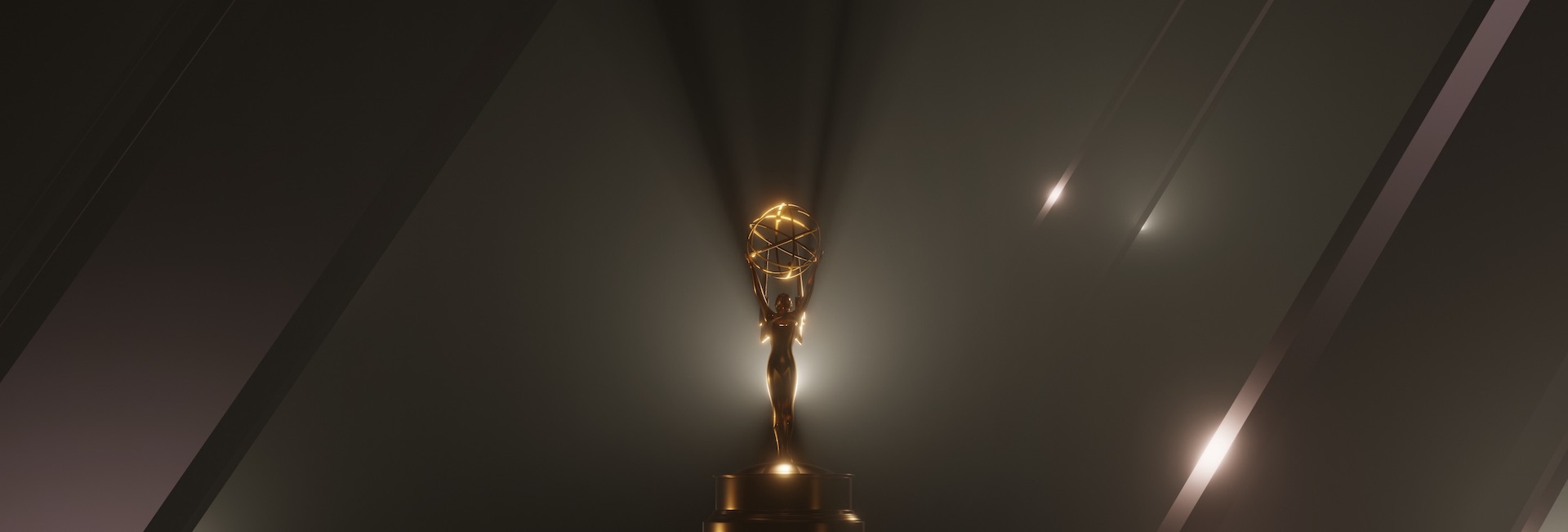
There is a key difference between motion design and visual effects design. When you’re creating a visual effect, the final piece must look very specific with perfectly accurate reality. For motion graphics, there is usually leeway as long as the end result is beautiful. This makes EEVEE, with its fast rendering speed, a huge opportunity for motion graphics.
A few years ago we began to experiment with the Unreal Engine. Unreal worked great for anything that was like an environment fly through. However, while it’s a fantastic application, it is also designed so specifically for gaming and interactivity that we found it difficult to create the kinds of heavily keyframed linear animation we often do. We were hoping to take advantage of the interactive nature of the program by creating systems that would trigger in real time, but found that each of our screens were so unlike each other that those systems had to be recreated every time, so there was never going to be a return on investment for the effort.
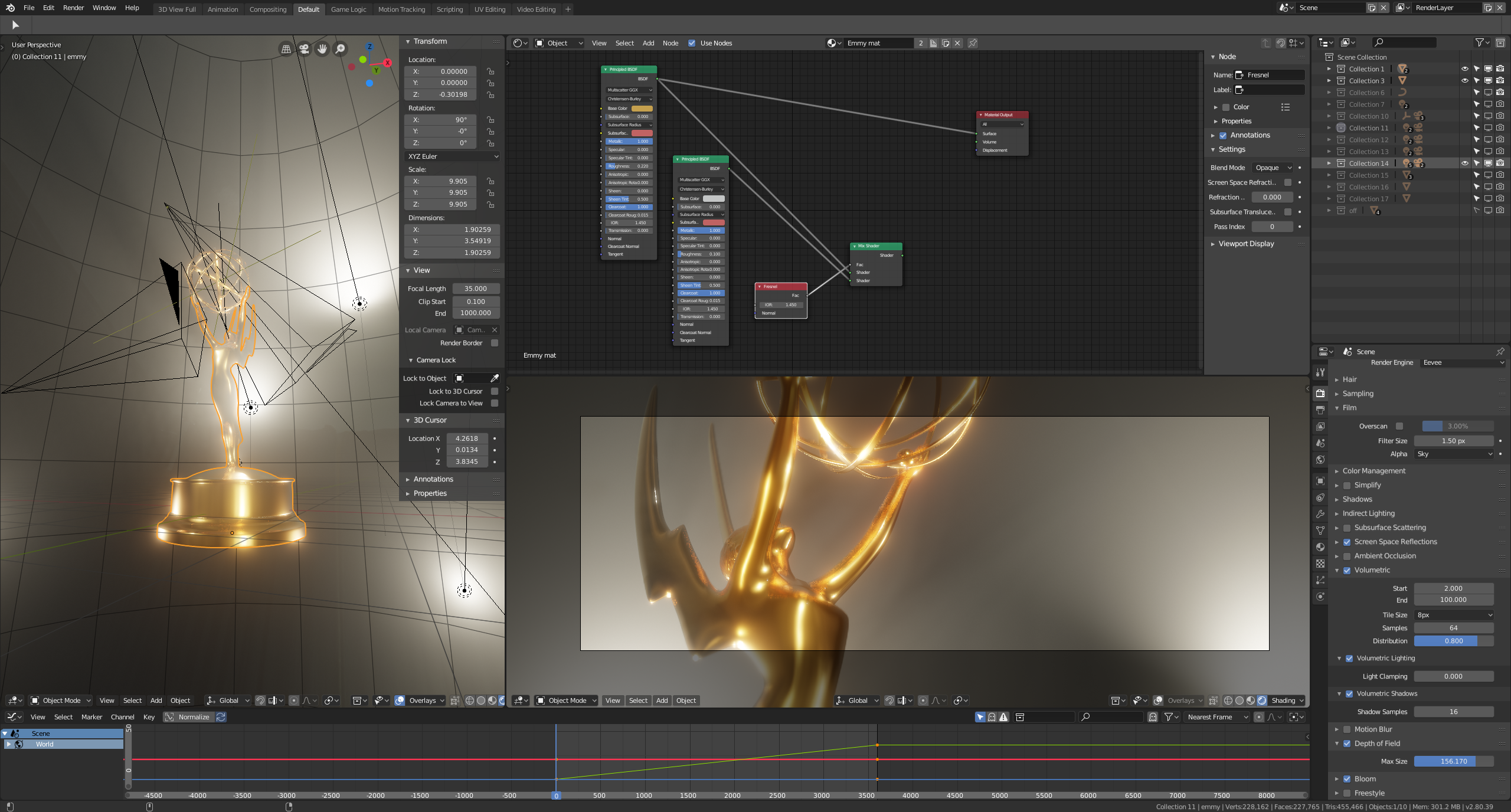
When EEVEE became available, we shifted our focus back to Bender.
Looking into the future of Blender I would be very curious about the reintroduction of a game engine. There’s an immense amount of potential to use gaming interactivity in the creation of motion graphics. For the concert work we do, the ability to live trigger events that are then recorded for playback or pumped directly into a live show would be revolutionary.
For the future of Allucinari, we will be using Blender for more and more of our live show projects and will also be using it for the visual effects for our upcoming live action productions. I could imagine Blender even replacing half of the work we do in After Effects right now, so we are actively expanding our pool of Blender artists.
Mark D Allen at Allucinari
CEO/Producer/Director